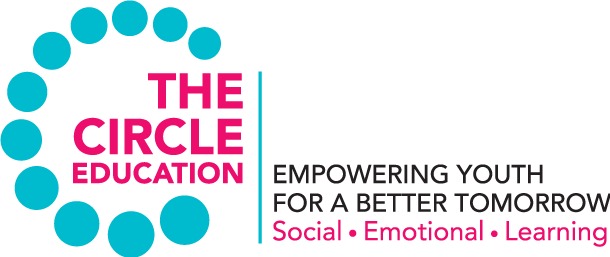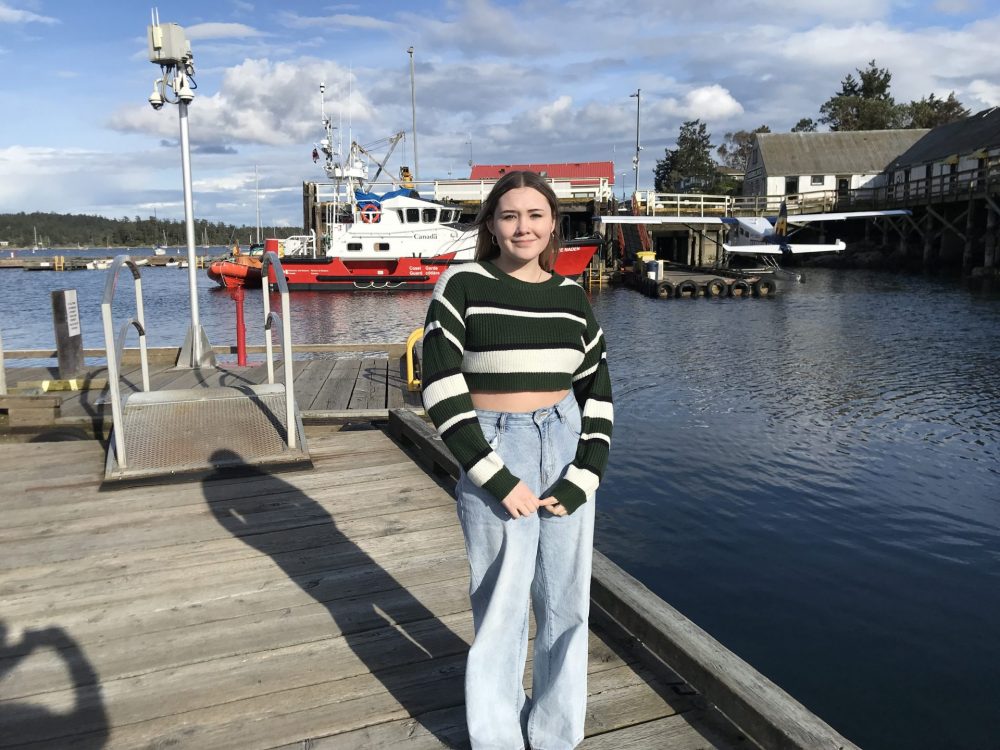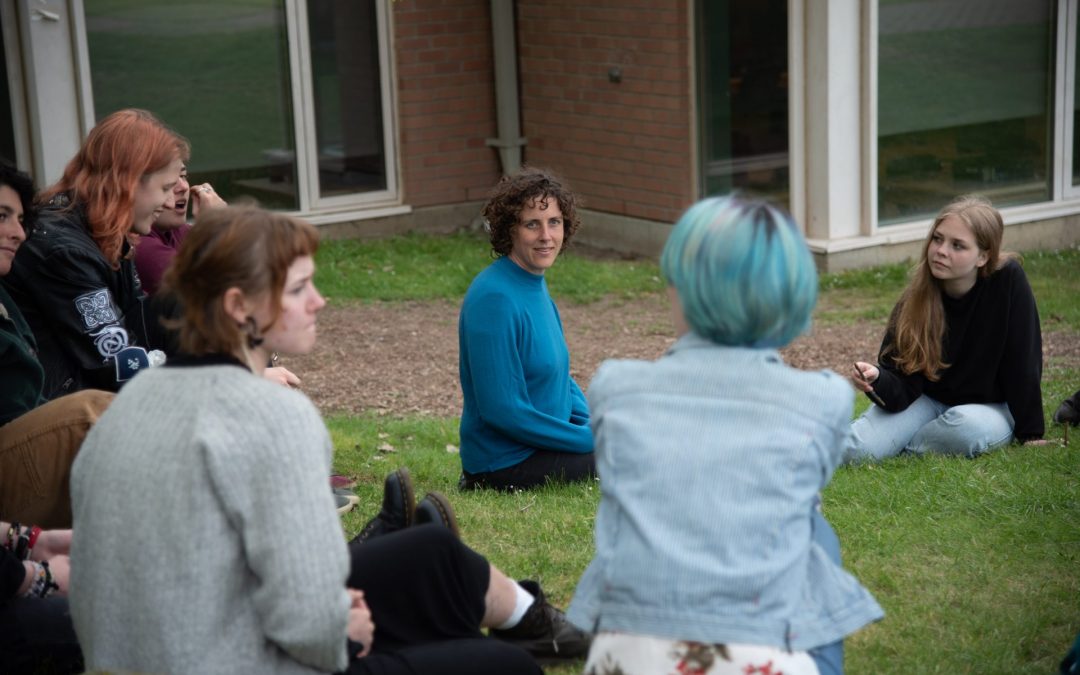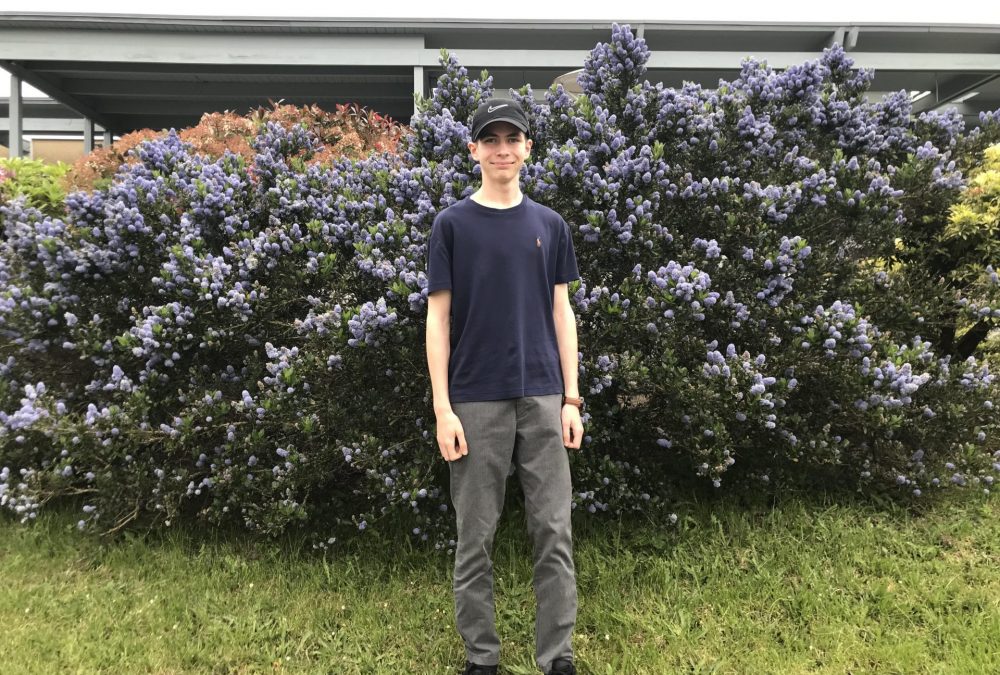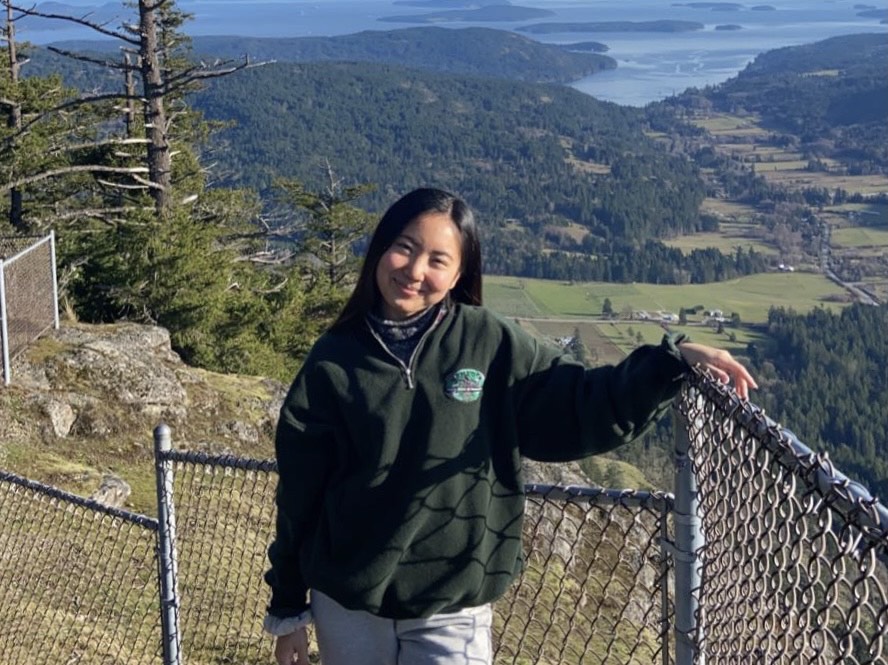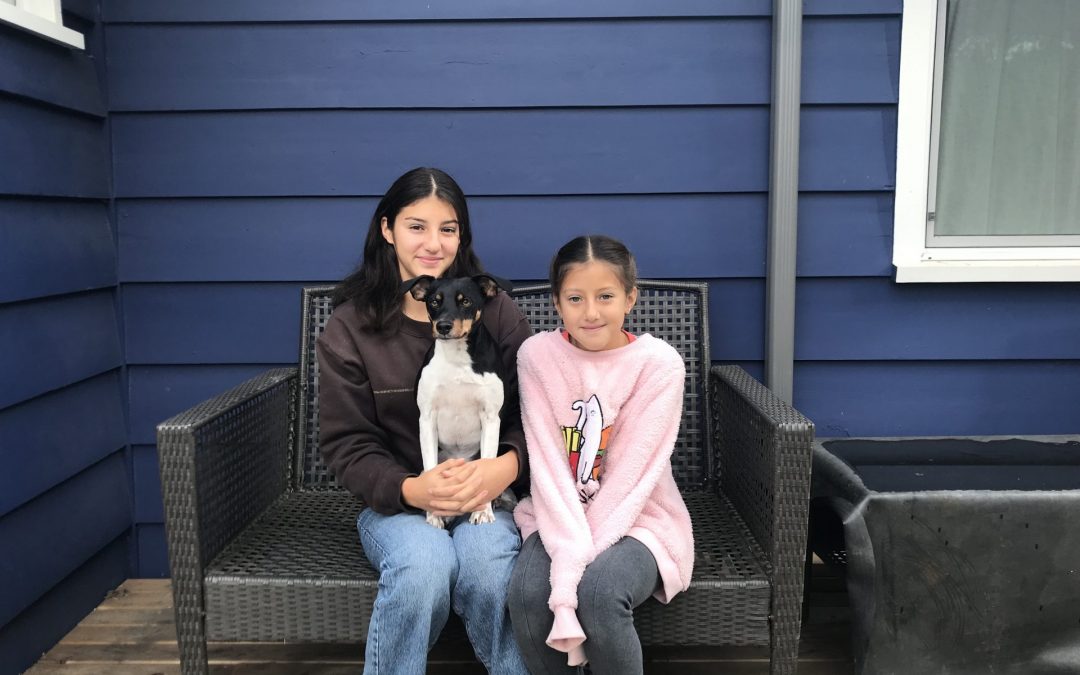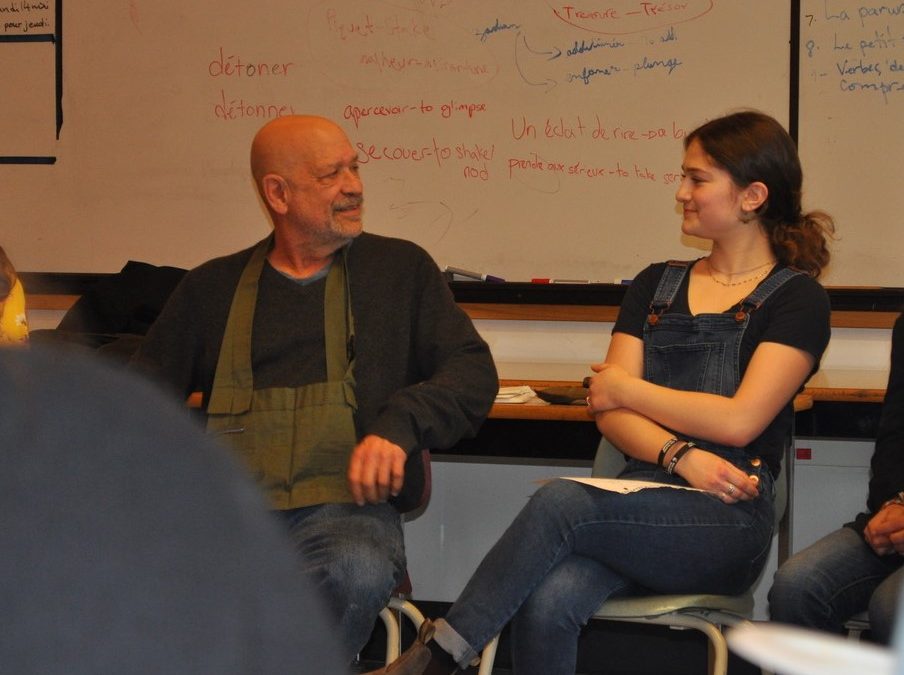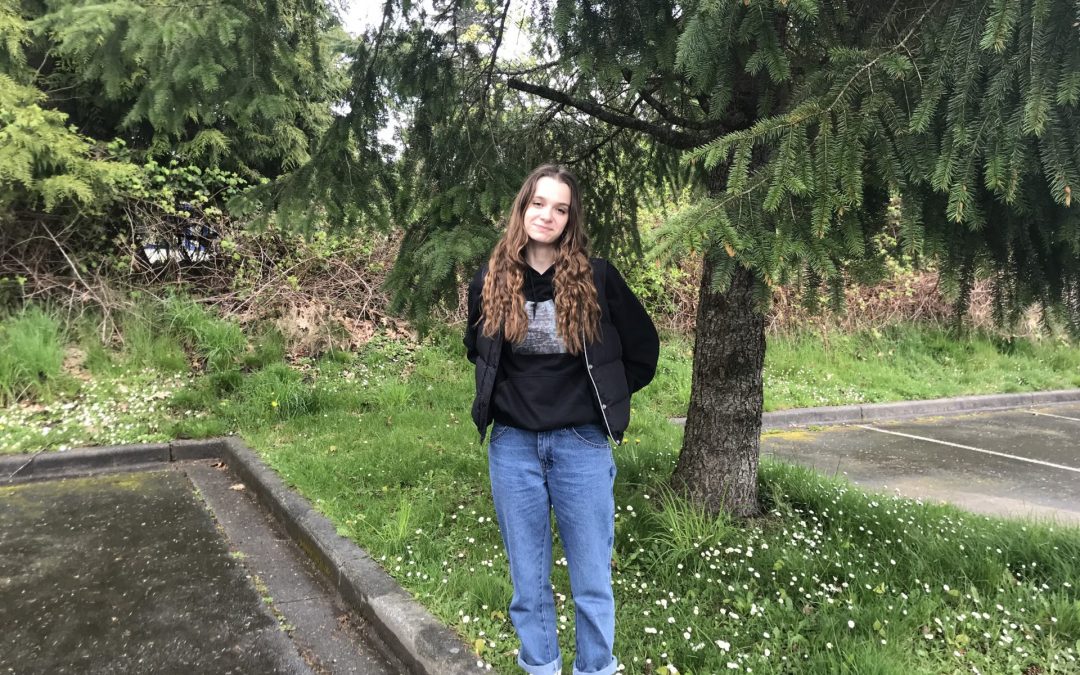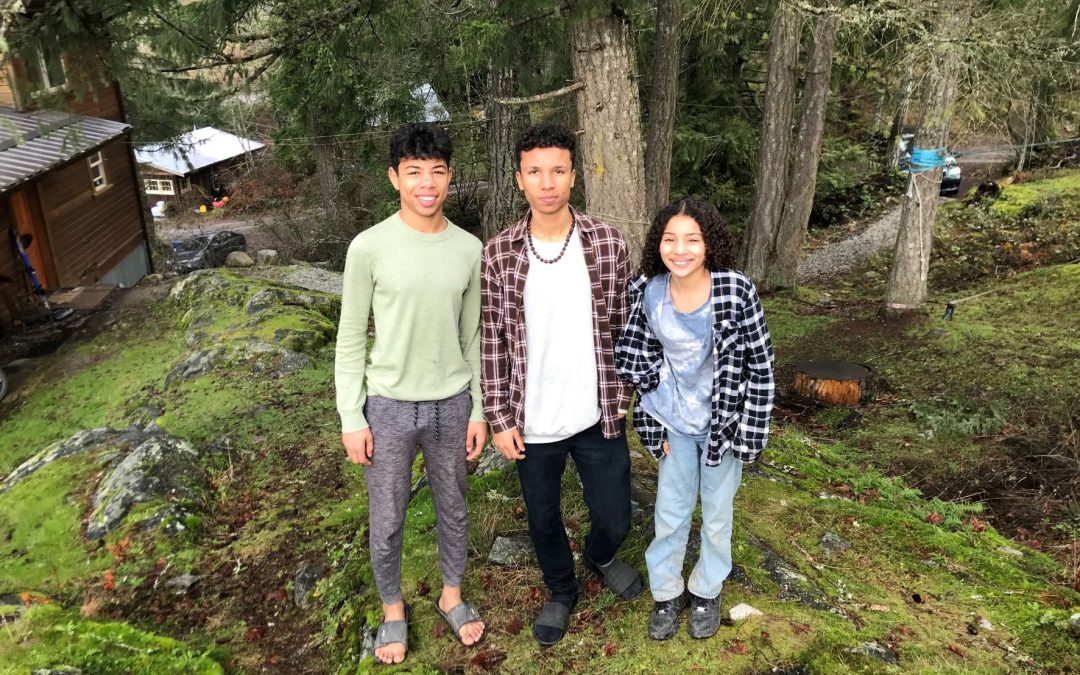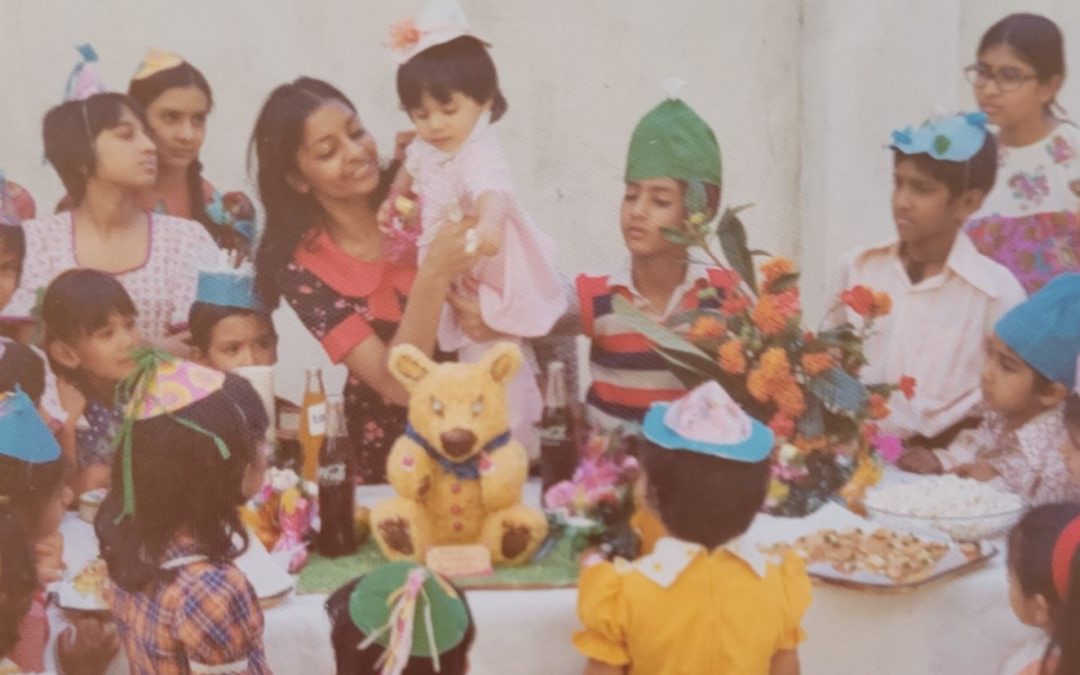Rikilyn Traer’s summers used to revolve around visits with family and friends in Aklavik in the Northwest Territories. The recent residential school findings were a turning point for her. It made her realize she wants to be more part of the Gwich’in heritage and culture.
Every year Rikilyn, her mom Wanda and her little sister Malorye visit their family up North. First, they fly from Vancouver to Whitehorse in the Yukon, from there they take a smaller plane to Inuvik in the Northwest Territories and then a boat to the small hamlet of Aklavik. Or in winter, when the lakes and rivers are frozen and new roads appear, they drive the 117-kilometer plowed ice highway.
Aklavik is the place where Rikilyn’s mom grew up with her twelve older brothers and sisters. Her grandmother, several aunts and uncles, and lots of cousins, still live in the Gwich’in and Inuvialuit communities of Aklavik, Inuvik, Tsiigehtchic, Fort McPherson and Tuktoyaktuk (also called Tuk). “With 600 residents, Aklavik is pretty small. Everyone knows each other,” says Rikilyn. “There are only two stores and there is a small Health Centre, but no hospital. It gets very cold in winter, and in summer it doesn’t get dark for a few months. I love to be out on those nights, spending time with my friends, riding quads.”
Rikilyn’s parents met in Inuvik. Her mom is part of the Gwich’in Nation, which just celebrated the 30th anniversary of the signing of the land agreement. In 2000 they moved with Rikilyn’s older brother Matthew (24) to the West Coast. Both Rikilyn (15) and her little sister Malorye (5) were born on Salt Spring Island. “I have been going up back North with my mom since I was five. I don’t remember a lot of the first years, but I can remember it was in winter and that I loved the snow. I went to school there for quite some time and I met a lot of kids that I still see when I go back to Aklavik, including my cousins and my best friend, who also turned out to be related to me.”
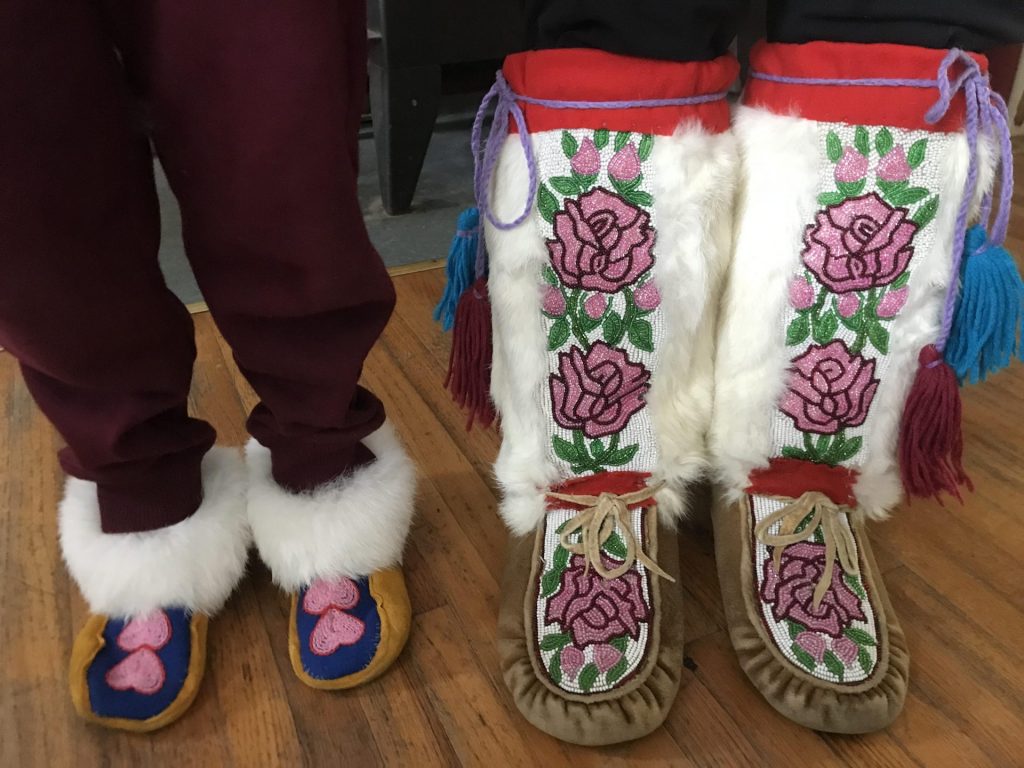
Now that she’s in high school, Rikilyn only spends the summers in Aklavik. “My mom doesn’t want me to miss too much of school, but I would love to go back again in winter and spend a semester at school there. I really liked it when I was younger. We wear mukluks in class, soft boots made of moose hide, muskrat, rabbit, beaver or sealskin, and I also remember a school trip when we learned how to hunt geese and snare rabbits. It was really fun.”
This past year, Rikilyn’s interest in her Indigenous roots grew after the news aired of the countless unnamed graves found at residential schools. “I heard stories from my mom about the residential schools before. My grandmother, who is 93-years old, my mom, and all her brothers and sisters went to residential school. My mom went to school in Aklavik, and then had to leave home to attend Grade 11 and 12 at the residential school in Inuvik. My grandmother had a very tough childhood and can’t talk about her experiences at school, or the fact that her kids were taken away from her when they were 5 years old. It is too painful, too traumatic.”
The stories about the residential schools that came pouring out, made her sad for all the years her family was not together. “It is just awful to think about what happened to so many people I know. That they were not allowed to live with their family, speak their language, and were cut off from their culture and traditions. And this happened not even that long ago. My mom was in residential school until 1994 and the last residential school closed in 1996. When these stories were all over the news, it triggered me. I wanted to be more involved, be more part of my culture and traditions.”
Since then, Rikilyn tried to pick up bits and pieces of the language her family used to speak. “My grandmother spoke Gwich’in when she was young but lost the language in residential school. My mom learned to speak Gwich’in in elementary school, and when I went to school in Aklavik I attended Gwich’in classes as well. Both my sister and I have a Gwich’in language app on our phone that we use to pronounce Gwich’in words. We know some basic words like good morning, good afternoon and thank you. It is not an easy language,” Rikilyn says with a smile.
Her favourite cultural traditions when visiting her family in Aklavik are the spring carnivals where everyone gathers together and celebrates that winter is over. The communities share traditional food, play traditional games and there is singing, drum dancing, jigging and square dancing. “I haven’t been involved in a lot of traditional activities in Aklavik so far because a lot of people are travelling in the summer. That is why I want to spend more time there in winter and spring.”
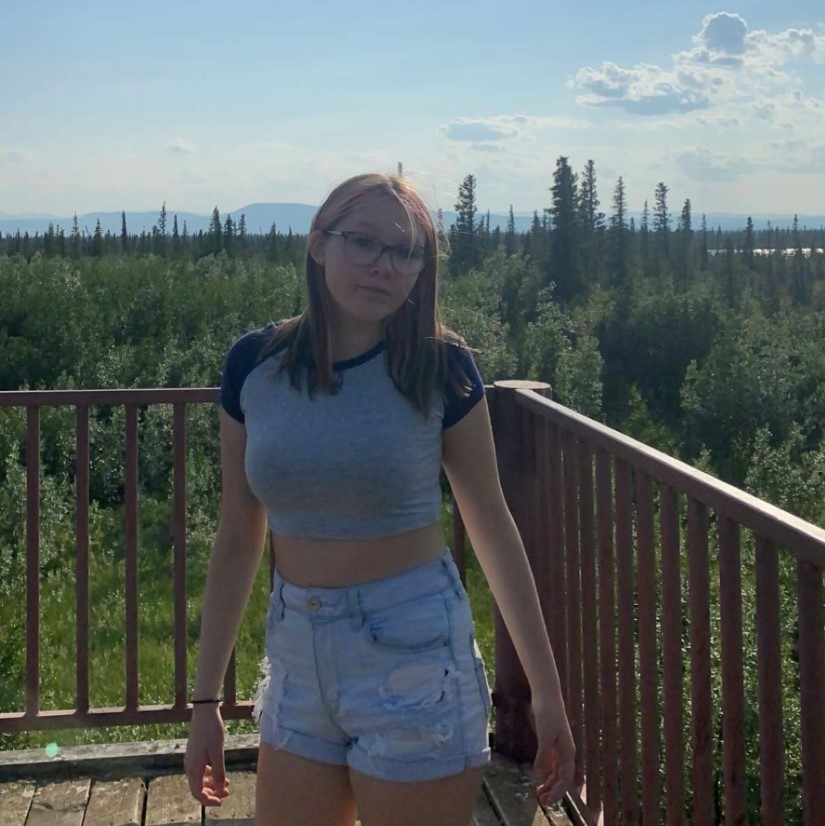
Rikilyn and her family celebrate Indigenous Peoples Day on June 21st on Salt Spring Island. Gwich’in art, dreamcatchers, and a bowhead whale baleen are displayed on the walls of their home in Ganges. Each time her mom returns back from the North, she would bring home rabbit, goose, caribou, moose and beluga meat to prepare traditional meals at home. When Rikilyn is in the Northwest Territories, she lives a more traditional lifestyle than when she’s on Salt Spring Island. “I don’t speak a lot about my background on Salt Spring Island”, she says. “The topic came up when the residential schools were in the news, and the findings of unmarked graves of children were acknowledged in whole school meetings, but a lot of people don’t even know that I am indigenous.”
Rikilyn, who wants to be a fashion designer, plans to keep going to the Northwest Territories on a regular basis but sees her future on the West Coast. “Visiting my family is the highlight for me every time I return to Aklavik, but my life is here. There are more educational and future opportunities to choose from. Everyone strives to be successful, and I hope to make an impact on my family and especially my community.”
